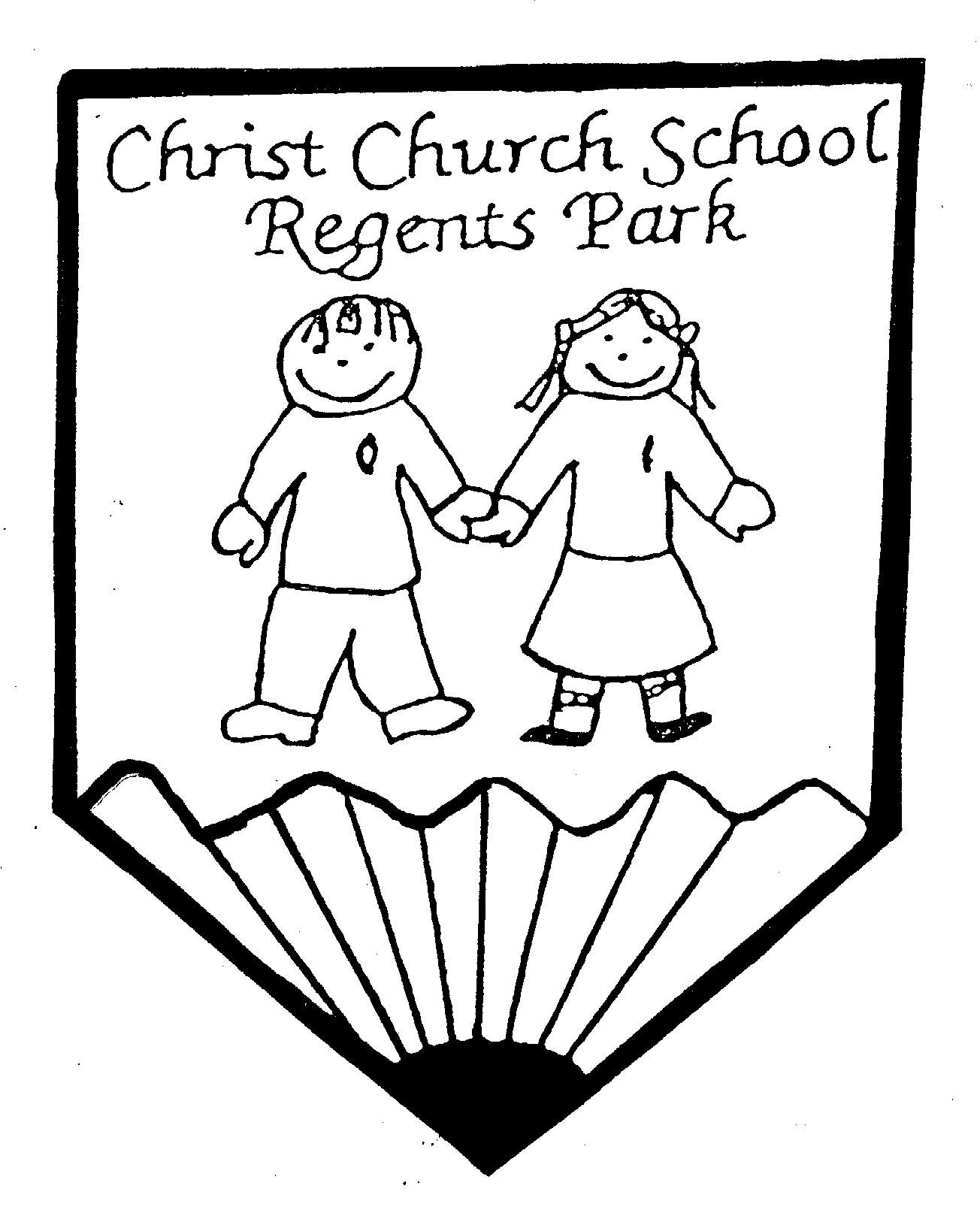Curriculum Pedagogy

Maslow’s Hierarchy of Needs for Learners
Due to our school demographic, the stakeholders at Christ Church Primary have decided that this is the correct, initial approach for our children. It is not by any means the sole approach but it does permeate through all aspects of our learning and teaching and it melds well with the strong school ethos of inclusion for all and also our Christian values.
The Hierarchy of Needs
The physiological needs of the students are of utmost importance and hold the first level in Maslow’s hierarchy of needs.
These needs are the most basic and are related to a student’s survival and success. This may include food, water, and shelter. If the physiological needs have not been met, the teacher should understand that students may not be able to focus fully on learning. Therefore, at Christ Church Primary, we make sure to provide adequate counselling, free breakfast club where necessary, support with housing needs, monitoring of safeguarding and taking appropriate action i.e. working in a positive way with external agencies such as Early Help and Social Services.
Understanding, and implementing, Maslow’s Hierarchy is in the best interest of both the teacher and the students. A teacher should use his/her knowledge of the hierarchy to structure the class lesson and the environment. The classroom (or learning environment) should, preferably, meet as many of the needs of the students as possible, particularly, valuing contributions, differentiation, kinaesthetic and personalised learning styles, soft starts, grouping.
The second level consists of safety needs, which plays a critical role in achieving student success. A safe environment is not limited to physical parameters. Students must not only feel physically safe in the classroom but emotionally and psychologically safe as well. An environment must be provided where students feel free to ask questions and share ideas without any fear. The student must feel safe in the classroom and the learning environment before progressing to the next step in Maslow’s hierarchy – the need for belonging.
In the third level of Maslow’s Hierarchy, students need to feel a sense of belonging and love. At this level, students need to identify with other students and need to feel that they fit in. Our children often say ‘we are brothers and sisters under this roof’. The student must feel that that they are important as an individual and as part of the group. This can be promoted in our classrooms by having strong and fair rules about respect for everyone linking to British Values e.g. jobs in the classroom and around the school, monitor roles which foster a sense of shared responsibility. The school creates a sense of community with strong links to our Christian Values.
Once all previous needs are met, the student may then move to the next level: the need for self-esteem/self-confidence. It is at this level that students are most receptive to learning and want to achieve a good level of self-esteem through recognition and achievement. Once this has been achieved, students may feel confident in their ability to learn and take responsibility for their own learning. To promote this notion of self-esteem, we involve the children in learner-centred activities such as peer-teaching ( in the older classes) and peer assessment.
At the fifth level, self-actualisation becomes the motivating factor. At this point, students will strive for higher learning goals and seek to achieve them, such as aiming to get good feedback for their assignments, help one another, and contribute and engage with the learning.
“One can choose to go back toward safety or forward toward growth. Growth must be chosen again and again; fear must be overcome again and again.”
– Abraham Maslow
When all levels of Maslow’s Hierarchy of Needs are met, students will show their full ability and eagerness for learning.
Once these needs are met, we implement the curriculum using direct instruction as our secondary pedagogical approach. Direct Instruction has a clear, strong evidence base for effective teaching.
The Principles of Direct Instruction
Direct teaching/ instruction is based on view that taking a structured, sequenced approach to teaching content and processes enables all young learners to learn new skills e.g:
- Pre-teach vocabulary, process before a main lesson for some pupils
- Begin lessons with a short review of relevant prior learning (retrieval practice)
- Present new material in small steps with pupil practice after each step
- Ask a large number of targeted questions to all pupils
- Formative assessment, checking for understanding from all pupils
- The teacher directly models the full process, including showing worked examples
- Guide pupil practice under close supervision of the teacher with immediate feedback
- Explicit explanation of the success criteria and seeking a high success rate
